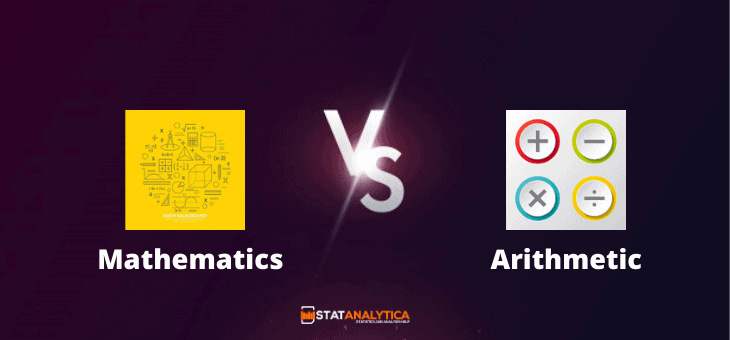“Linear” equations are a method for calculating the value with a plain variable such as “a” and “x” instead of this, the complicated equations such as a^2, a/b, or the cube roots, or any other complex problem. Linear equations are the most simplistic equalizations to which they can deal with.
Students might have already answered numerous linear equations at an early age while studying addition. Additionally, their teacher provided them algebra worksheets to make that had activities as the following:
Fill in the blank: ……. + 2 = 6
While students have learned their additional facts, they can easily write a “4” in the given blank. This post will help you to understand the techniques or steps for how to solve linear equations.
What are the linear equations and their facts?
Table of Contents
A linear equation can be addressed in the order:
px + q = 0
Where x is a variable, p & q are the real/actual figures. This manner is also known as the linear equations’ standard form. Remember that the maximum of linear equations does not begin in this standard form. Besides this, the variable may not or may be represented by an x variable, so do not confuse it with recognizing an x within the equations.
Students can use some facts about how to solve linear equations, which are listed below:
- If p=q, then p+r = q+r for any r. This implies that one may sum a number, r, to both equation’s sides and without modifying the equation.
- When p=q, then p−r = q−r for any r. We can say that one can deduct a number, r, on both equation’s sides.
- If p=q, then pr = qr for any value of r. Like subtraction and addition, students multiply on both sides by a value, r, without modifying the equation.
- When p=q, then pr = qr for the non-zero ‘r’. Students divide the value into both equations’ sides with a non-zero number, r, not modifying it.
These are some of the facts form based on nearly all the solving methods that you can look at in this post. So students must understand these steps and remember them in the future too. One method to study these norms is the following: What students do on one equations’ side similarly, we need to do this on the other equations’ side. If students successfully learn these, then they can solve these equations easily.
Steps to be followed for how to solve linear equations
The common steps to solve a complex linear equation are:
- Open all given brackets.
- Arrange the algebraic terms to get all the terms that have the constant are on one side, and all variables are on the opposite side of the equation.
- Assort similar terms collectively and simplify.
- Factorization can be done after this step if needed.
- Get the answer and write the solution.
- Verify the result by substituting the value after in the initial equation.
Follow all these steps for how to solve linear equations and get the desired value of the variables.
Examples for how to solve linear equations
Example #1: Find the value of ‘x’ of the linear equation:
5 (x-5) = 5(1-x)
Solution:
Step #1: Solve the bracket & simplifies it
5(x-5) = 5(1-x)
5x-25 = 5-5x
5x + 5x = 5 + 25
10x = 30
Step #2: Divide both sides of the equations by 10
X = 3
Step #3: Verify the value by using the substitution method
Put the value of x in given equation: 5 (x-5) = 5(1-x)
5 (3-5) = 5(1-3)
5(-2) = 5(-2)
-10 = -10
L.H.S. = R. H.S.
This implies that the output value of x is correct.
Example #1: Find the value of ‘x’ of the linear equation:
(4x+2)/ (4-x) = 2
Solution:
Step #1: Multiply both the side of the equation with the denominator value that is (4-x)
(4-x)* [(4x+2)/(4-x)] = 2*(4-x)
4x+2 = 2(4-x)
Step #2: Solve the bracket & simplifies it
4x+2 = 8-2x
4x+2x = 8-2
6x=6
Step #3: Divide both sides of the equations by 6
X = 1
Step #4: Verify the value by using the substitution method
Put the value of x in given equation:(4x+2)/ (4-x) = 2
(4(1) + 2)/(4-1) = 2
(4+2)/3 =2
6/3=2
2=2
L.H.S. = R.H.S.
This implies that the output value of x is correct.
Conclusion
In this blog, we have supplied the information about how to solve linear equations. Moreover, we have also mentioned details regarding linear equations, and their facts help solve these equations. Besides this, we have provided solutions with two detailed examples. So that students can not find any difficulty in solving any linear equation. Analyzing these examples can help you to know the sequence of solving a linear equation. Follow the steps as mentioned above to get the desired result of the variable and verify it accordingly.
If learners have any issue regarding their statistics and programming assignments and homework, they can ask for our professionals’ help. Our experts can offer you high-quality data along with the plagiarism reports. Get the best algebra homework help and answers and algebra homework helper from the experts.


